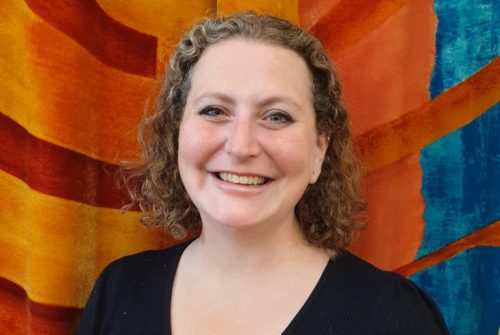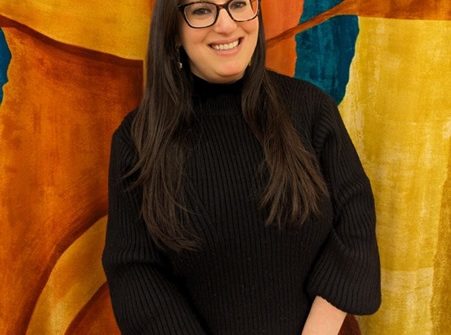As we live in a time where social distancing is essential for the preservation of our health, this year’s reading of the Torah and Haftarah portions which speak about leprosy are especially poignant. In the Bible this term covers a multitude of skin diseases some of which were highly contagious and some of which may not have been. However, the way of dealing with all of them at a time when medical knowledge was folk and not science based was to isolate those who suffered from them. In the Torah portions Tazria-Metzora ‘lepers’ are required to live in a separate area outside the main camp of the tribes. When their condition is known to be healed they re-join the camp in a ritual which shows all, by the action, proximity and contact of the Cohen, the priest, that there is nothing now to be afraid of.
Of course not all of the skin diseases did heal and so it seems that lepers would continue to live outside of the cities and towns of the Israelites throughout their lives. They are often portrayed being at the gate of the city, presumably to make some kind of income from trading or begging. A beautiful image of the prophet Elijah, whose mythical return heralds the Messianic age, has him staying at the gate of the superpower of the time, Rome, changing the bandages of the lepers who were there (Talmud Sanhedrin 98a). In the First Book of Kings Chapter Seven four lepers are heroes. They get fed up with sitting at the gate of the city of the besieged Israelite city of Shomron and go over to the camp of the Arameans who were besieging it only to find it deserted. The bring the news back and the city is free again. The bible is teaching compassion and admiration for those marginalised in our society, they may yet be our saviours.



